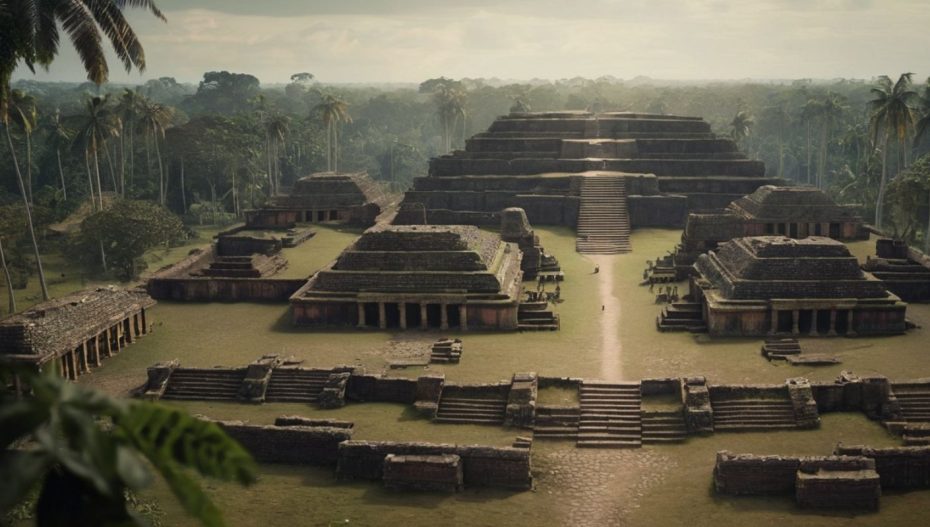Deep within the emerald embrace of the Amazon rainforest, a staggering secret has been unearthed – a vast network of pre-Hispanic cities, the largest and oldest ever discovered in this verdant realm. This lost civilization, slumbering for over 2,500 years, paints a vibrant picture of an advanced farmer society far exceeding previous preconceptions of the Amazon’s past.
Hidden for centuries beneath the lush canopy, this forgotten empire sprawls across a staggering 1,000 square kilometers in Ecuador’s Upano Valley, nestled against the mighty Andes. A French-led team, wielding the magic of laser mapping and meticulous excavations, has brought these enigmatic cities back to light.
Twenty settlements, including five towering metropolises, emerge from the jungle tapestry, intricately linked by a network of roads straight as arrows. “This is El Dorado, revealed,” declares Stephen Rostain, the study’s lead author and an archaeologist at France’s CNRS research center.
The scale of this urban tapestry – think earthen houses, ceremonial chambers, and ingenious agricultural drainage systems – has never been witnessed before in the Amazon. “This isn’t just a village; it’s a domesticated landscape,” Rostain marvels.
His journey to this revelation began 25 years ago, when hints of hundreds of mounds piqued his curiosity. Fast forward to 2015, and his team took to the skies, armed with Lidar technology. This aerial laser magic pierced the emerald veil, revealing a staggering reality – over 6,000 mounds, remnants of the Upano people’s homes, sprawled across the jungle floor.
Stepping onto these earthen platforms, the researchers found the echoes of ancient lives – fireplaces whispering of warmth, ceramic jars humming with the memory of corn-brewed feasts, grinding stones still bearing the weight of countless meals. These were not just structures; they were a window into a lost world.
But the most jaw-dropping aspect? These cities, unlike their chaotic jungle siblings, boasted “streets like New York,” as Rostain puts it. Wide, straight avenues linked the city’s heart to outlying villages, reminiscent of the ancient Teotihuacan in Mexico. Imagine thousands pouring into these urban hubs for grand ceremonies, their voices echoing through the verdant avenues.
While the population estimate is still under the microscope, Rostain speculates about elaborate rituals hosted on towering mounds, some reaching 10 meters. These weren’t mere homes; they were platforms for community, for celebration, for forging the bonds of a civilization.
This discovery shatters long-held notions of the Amazon as a land solely for hunter-gatherers. It paints a picture of complex societies, thriving urban networks, and an ingenuity that rivaled civilizations across the globe. “A certain Western arrogance,” as Rostain calls it, has now been laid bare. The Amazon, it seems, held secrets far deeper than anyone dared to imagine.
Tata to Acquire Ching Chinese for Rs 5,100 cr & Organic India for Rs 1,900 cr. Read More












